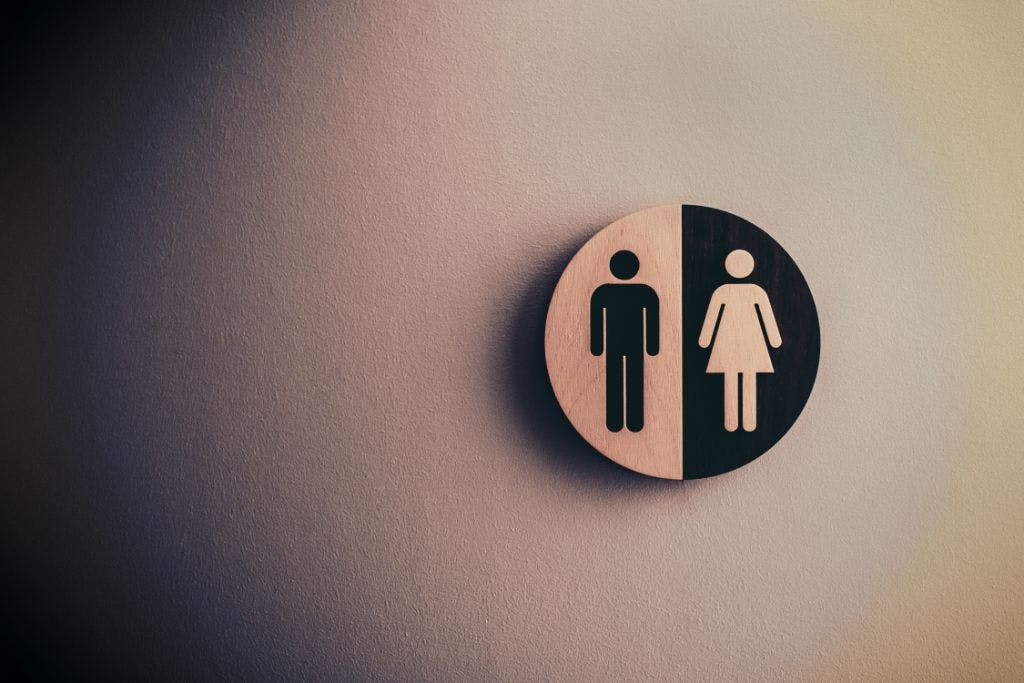First published on Thursday, Apr 20, 2023
Last updated on Thursday, Apr 20, 2023
Over the last few years, women have moved progressively in the world of work. But women still make up most of the workforce in lower-paying jobs such as hospitality and care.
More women have taken up positions typically dominated by men, like managerial positions. But they still make up a small percentage and tend to get paid lower than men in the same positions.
What is the gender pay gap?
The gender pay gap measures the average difference in how much men and women are paid. It’s usually calculated per industry, where women perform the same duties as their male colleagues but get paid less. There is no global gender pay gap as it’s determined by country, industry and role.
Here’s how to understand the gender pay gap in your industry. Divide how much full-time female workers are paid by how much men are paid. Whatever you get is your gender pay gap and can be multiplied by 100 to get the percentage.
What is the difference between the gender pay gap and pay equity
Pay equity means paying workers equally for the same work or work of comparable value. It means comparing the pay for jobs typically considered masculine with jobs deemed feminine.
For example, people consider cleaning jobs feminine, and trash collection masculine, but they’re of comparable value. Yet, cleaners make less than trash collectors. According to Glassdoor, the average trash collector in Canada earns $56,000, while a cleaner earns $38,000
And the gender pay gap is the difference between the average income of men and women. The gender pay gap is mainly due to outdated beliefs and undervaluing of women’s work.
What is the gender pay gap in Canada?
According to Statistics Canada, the gender pay gap in Canada is 0.89. Women make 89 cents for every $1 a man makes. The gender pay gap in Canada is the 8th worst globally according to the Organization for Economic Co-operation and Development (OECD).
But Canada is among the few countries taking active steps to improve the balance of male and female workers' earnings. To help close the gender pay gap in Canada, certain jurisdictions have introduced pay transparency and pay equity legislations.
These measures will help employers close the gender pay gap and work towards reduced gendered poverty. Understanding why the gender pay gap is important can help address the issues that promote it in the workplace. It'll empower women of all ages to earn more, have better economic participation and save for retirement.
What causes the gender pay gap?
Contrary to what some employers believe, the gender pay gap is not influenced by workplace characteristics. Things like education, skills or years of experience have little to no influence on the gender pay gap. Wider reasons for the gender pay gap are gender discrimination, unconscious bias and systemic injustice.
These result in several inequalities female workers face, including:
Domestic responsibilities — Women tend to work fewer hours or take on part-time jobs because most domestic duties fall on them.
Lower-paying professions — A larger percentage of people employed in lower-paying “feminized” occupations like office support and education are women. But even in these roles, women are paid less than their male counterparts.
The glass ceiling — This describes the invisible barrier that prevents women from advancing to top-level positions even if they are qualified. Fewer women are in top-ranking roles and the C-suite in many global businesses and hierarchy also influences women’s pay level. Women often get stuck in lower-paying jobs and can’t move up to higher-paying positions due to the glass ceiling.
Marginalized groups — Women of color and other racialized minority groups are also likely to be paid less than white women. Systemic discrimination affects marginalized women's education, employment, and career advancement. Other marginalized women that are paid less include women with disabilities and immigrants.
Promotions — Women are less likely to ask for a raise. It’s also common for them to be denied raises when they bring it up because they’re seen as being bossy or aggressive. This is known as the "likability penalty" and maintains gender stereotypes that limit women's professional growth.
Industries where the gender pay gap is the worst
As mentioned, women tend to take up more positions in lower-income roles. But the gender pay gap is lower in those industries because of the wage floor. The gender pay gap is typically higher in more advanced roles.
Industries with the worst gender pay gaps include the trades like construction and manufacturing. Other culprit industries include:
- Nonprofit.
- Energy.
- Healthcare.
- Finance & Insurance.
- Agencies & consultancies.
These industries tend to pay less because there aren’t as many women in senior roles. This is usually due to the stereotype that women are not skilled in science and mathematics.
How employers can help close the gender pay gap.
As an employer, there’s a lot you can do to contribute to closing the gender pay gap in your workplace.
Encourage women to ask for promotions
Make your workplace a welcoming environment for discussing pay raises. Let your female employees know you’re open to negotiation for increased salaries, vacation time or bonuses.
To make sure the evaluation process is fair and unbiased, employers must use measures that aren't based on gender. This will help create a fairer assessment and mitigate the risk of a human rights complaint.
Follow relevant laws
As mentioned earlier, some jurisdictions have adopted laws to help close the gender pay gap in Canada.
For example, the Pay Equity Act which applies to federally regulated workplaces that employ 10 or more people. Here you should identify the jobs in your workplace, how important the roles are and the industry standard for pay. If you’re paying your employees lower, you’ll need to adjust your payroll to reflect this.
Make accommodations for women
Some industries are harder for women to penetrate. This includes the trades where there are limitations like fewer childcare options or apprenticeship programs.
If requested, employers in this industry must make reasonable accommodations for female workers. These accommodations may include creating mentorship programs for women and providing PPE, uniforms, and safety gear tailored to women’s bodies.
Encourage parental leave
Encouraging male staff to use their parental leave entitlements can make returning to work easier for working mothers. It can also reduce the domestic labor load on female staff. It’ll help more women progress in their careers as they won't have to take as many breaks to care for children.
Offering employees flexible work arrangements like hybrid and remote work can make it easier to balance family and work life. This can lead to a healthier work-life balance and promote career progression. By implementing these changes, you’ll create a more inclusive work environment where both men and women thrive in their careers.
Elevate women into senior leadership roles
Hiring and promoting women to senior managerial roles in your business can help reduce the gender pay gap. They can provide insights into women’s workplace interests and encourage diversity and inclusion.
Having women in senior roles can bring a range of viewpoints and different approaches to problem-solving to your business. This can lead to more inclusive and fair business practices.
Closing the gender pay gap with BrightHR
Women’s contribution to the workplace is just as valuable as men’s. If your female employees learn they aren’t being paid equitably, they could leave your business, taking their valuable skills elsewhere.
It can also be damaging to a business's reputation if the public learns you are paying women less. This could lead to a drop in profitability as customers may choose to take their business elsewhere.
Closing the gender pay gap is a collective effort; all business owners must contribute. Need guidance or want to learn more about the gender pay gap? Speak with our expert HR relations experts.
We’re available weekdays from 9 am to 5 pm. We’ll help you navigate the rules surrounding the gender pay gap in Canada.
Contact us on 1 888 220 4924 or book a demo today.









